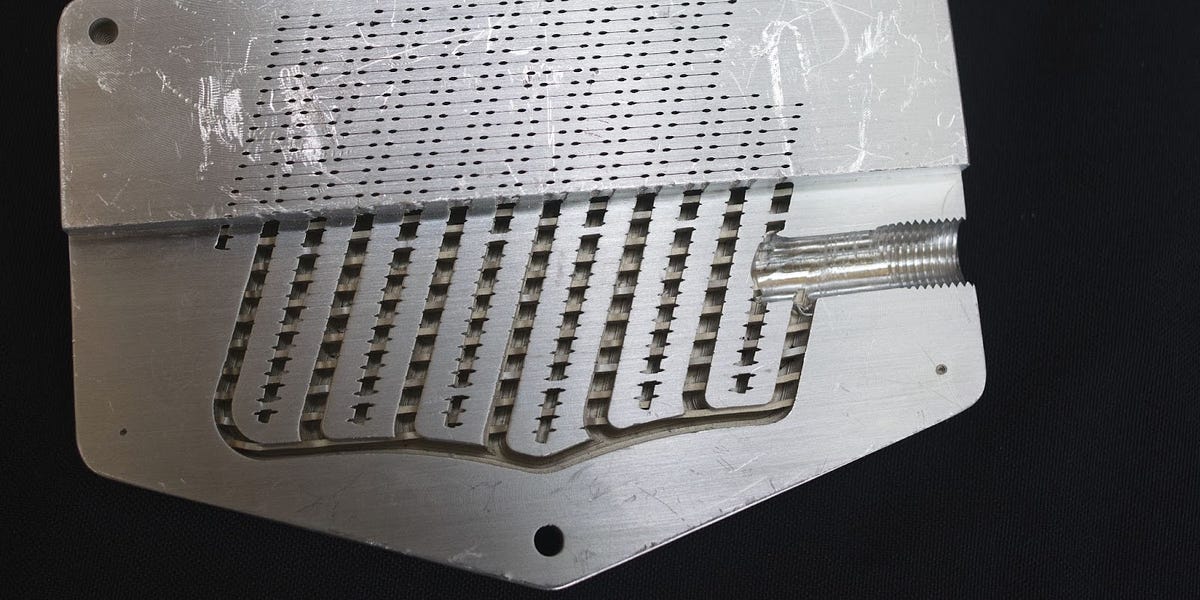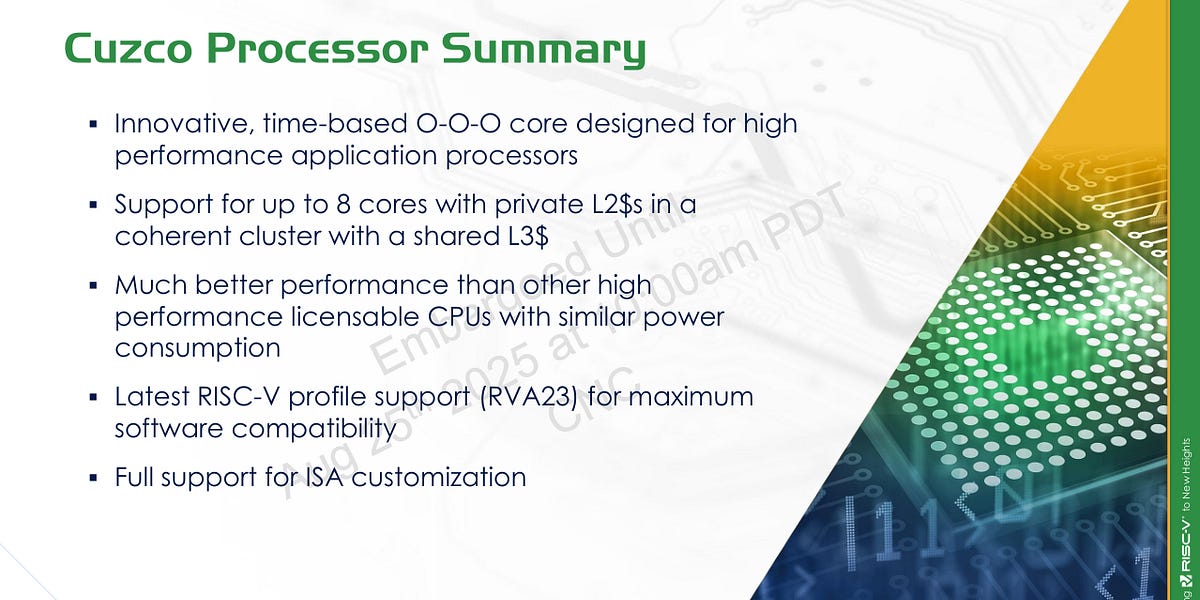Build Your Own Unsettling Vetinari Clock: A DIY Hack
Inspired by Lord Vetinari's unsettlingly erratic clock from the Discworld series, a maker built a DIY clock with an irregularly ticking second hand. The project uses an ATtiny25 or PIC12F683 microcontroller and features open-source hardware and software designs. Clever firmware controls the clock, creating a seemingly random movement pattern over 32 seconds while maintaining accurate timekeeping. This fun project showcases embedded systems programming and provides complete hardware and software resources for replication and modification.

















